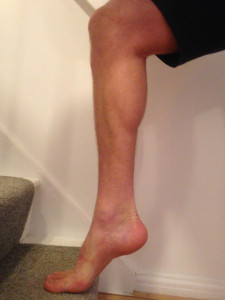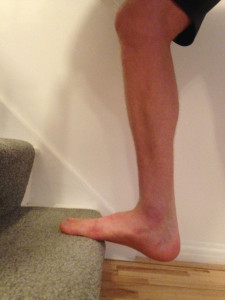Ah January, the month that equals one thing in my clinic – marathon injuries!
There are many good reasons for this. In December most marathon runners eat, drink and train like a sumo wrestler. Once January arrives, these guilt-ridden characters resume training on 2 January by doubling their mileage and tripling their intensity to “make up for lost time”.
By far the most common injury I see in runners is plantar fasciitis. The plantar fascia is a tough band of tissue on the underside of your foot that can become degenerated and irritable due to many factors. Training excessively, wrong footwear, inadequate warm-up and poor quality movement patterns can all contribute to this annoyingly painful condition.
Here are the quick and easy fixes to relieve your symptoms and allow you to resume training before April has arrived.
- Rest – Yes, it’s that simple, stop running! If there is pain in your foot, it is there for a reason. You have overloaded the tissues and they need time to recover. Give them enough time to recover now and you will have many months of healthy training ahead of you. Take a one to two-week break. Focus on other things that will benefit you. Stretching, mobility training, core stability, strength training are all foot friendly activities.
- Roll – Use a foam roller on your hamstrings and calves, and a golf ball on the underside of your foot. Do this for one to two minutes then perform some gentle forward bends to elongate the fascia on the rear of your leg.
- Rehab – Use a fascial strengthening exercise called eccentric heel drops to lengthen and strengthen the area. Standing on a step, on both your tip toes, lower yourself down slowly (i.e drop your heel) using only your painful foot. Use only your healthy foot to bring you back up to tip toes. Repeat 15 reps with your knee bent and 15 reps with your knee straight. Do this once a day to begin with, then twice a day after a week.
Start Position:
End Position:
Take it slowly when you return to the road – remember how you got the problem in the first place!









